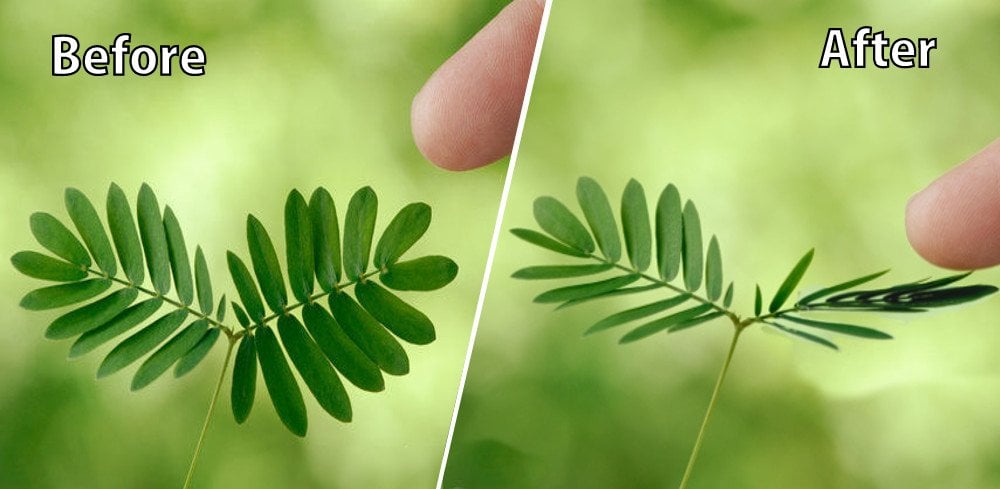Share




When you read the title “Moving Plants”, you may ask yourself “Do plants move?” Guess what? They do. Even though it is not at all like mammal movement, it still counts as movement to science! How is that possible and why it happens are the questions that matter.
There are basically two kinds of movement that can be seen within the plant kingdom: “Rapid Plant Movement” and “Tropisms”. Rapid Plant Movement is a movement that happens in the structure of the plant and takes very short time, usually milliseconds, and it is reversible.
We can observe three types in this kind. The first type is plants that move to capture or consume a prey; the most famous example is the “Venus Flytrap” or Dionaea muscipula, which is a carnivorous plant found in the United States of America. It does not only feed by photosynthesis, but also grasps insects and arachnids, such as flies and spiders. When the prey lands on its sensitive surface, it is stimulated and the trap is closed.
The second type is plants capable of moving their leaves and leaflets, for instance the Mimosa pudica, also known as the “Sleepy Plant” or the “Shy Plant”. It is a plant from the Pea family found in South and Central America. It is famous for moving its leaflets downwards when touched. This happens simply by action potential(1) which makes potassium flow out of the vacuoles)2) of the cell. This leads to water flow out of these cells by osmosis(3) making leaves less turgor(4), which leads to its collapse and closure. It is believed to be a hiding mechanism from herbivore animals.

Lastly, plants that spread their pollen by rapid movement; the “White Mulberry”, also known as Morus alba, is the fastest plant known to do that by 560 km/h, which is over half speed of sound.

Unlike rapid movement, tropism is a permanent slow change in plants regulated by plant hormones “Auxins” and determined by outer stimuli. The change or growth can be towards the stimulus, and would be called positive tropism, or away from it, and would be known as negative tropism.
The stimulus itself can vary from light phototropism to gravity, geotropism or chemical compound, as chemotropism, and many others. The famous Sunflower, Helian Annus, found in the Americas follows the Sun in its bud stage, when its motor cells induce changes in turgor pressure; it is a good phototropic example. The growth of plant roots downwards towards gravity and the stem upwards away from it is a good example of both positive and negative geotropism.

In many ways, we observe that plants can move and they do it for survival reasons to obtain more food and nutrition, or to hide from the enemy; all proving that plants are way cooler than we usually tend to think of them.
Glossary
- Action potential is a wave of electrical discharge that travels along the membrane of a cell. It is an essential feature of animal life, rapidly carrying information within and between tissues, and they are also exhibited by some plants.
- Vacuoles are storage organelles that usually carry food molecules or wastes in solution. The large central vacuoles are often found in plant cells, which enable them to store water and other materials.
- Osmosis is the movement of a solvent, such as water, through a semipermeable membrane (as of a living cell) into a solution of higher solute concentration until equilibrium of solute concentrations is established on the two sides of the membrane.
- Turgor pressure is the force within the cell that pushes the plasma membrane against the cell wall. It is also called hydrostatic pressure, and more intricately defined as the pressure measured by a fluid, measured at a certain point within itself when at equilibrium.
References
Britannica.com
Thenakedscientist.com
sciencedaily.com/terms/action_potential.htm
kids.britannica.com/students/article/cell/273572/234337-toc
merriam-webster.com/dictionary/osmosis